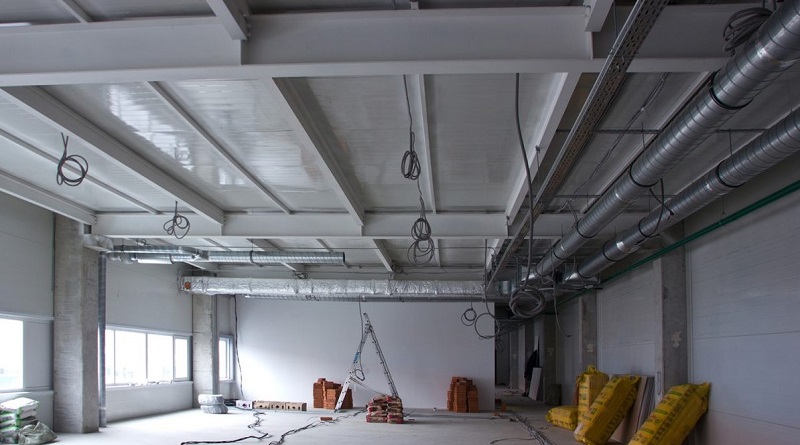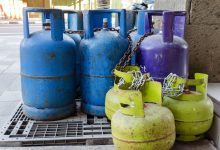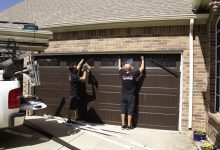Measures for Tenant Improvements

If you are planning Tenant Improvement or renovation project, this article entails some important preventative steps to reduce the risk of exposure to hazardous materials.
Asbestos, lead, and poor quality indoor air is serious issues that can cause health hazards. It is difficult to manage, monitor, and control the presence of toxic substances indoors; however, it is critically important too, as they can become abatement activities.
Building owners and managers have to be answerable for a number of things, and numerous notification requirements. They must inform tenants, contractors, and maintenance personnel about the presence and location of toxic materials such as asbestos-containing materials in a building. Other than this, homeowners should send notifications as well, so as to ensure that the building is safe for living. Click here to know more about exterior painting sydney
It is important to know what material is being used in the construction of a building. As the owner of a building, you must be aware of the material lying underneath your building. Because in case of presence of Hazardous Materials within your building, you can into serious troubles such as project delays, fines, and even lawsuits, even though you might have been unaware of its presence. These EPA regulations are meant to protect children from exposure to lead, and other hazardous materials.
According to new regulations and standards, homeowners must ensure indoor safety by monitoring Silica dust and Polychlorinated biphenyl (PCB) containing materials as well. Environmental consultants providing indoor air quality services can help ensure good air quality for better health of residents of a building.
Here are some important preventative steps to reduce the risk of exposure to harmful hazardous materials:
Environmental Project Planning Considerations
- Define the scope of the project, and review its impacts on surroundings. Assess everything to determine whether environmental information addresses the site conditions. You must also consider the correlation between building materials and site condition, so as to be sure about the safety of a project.
- As you start a renovation project or new construction, as a homeowner obligation you have to carry out Asbestos sampling for all materials. This includes checking fireproofing, roofing, wall materials, mechanical systems, ceilings, flooring, exterior siding, etc. In case of asbestos concentration, you need to activate OSHA procedures.
- For tenant improvement, homeowners should conduct lead sampling for all paint disturbances with more focus on loose, scratched & peeling paints. Lead and asbestos testing should also be conducted for construction materials such as caulking’s, ceramic tiles, structural steel primers, soundproof sheeting, etc. In the case of lead concentration detection, OSHA required procedures are to be carried out for addressing this issue.
- Universal Wastes such as fluorescent/mercury vapor light tubes, mercury HVAC switches, PCB light ballasts, refrigerants, etc. must be identified, as they can abet with other toxic materials to make an environment hazardous to health.
- Homeowners should also monitor other conditions for tenant improvement. Mold, rodent droppings, water leakages can also cause serious issues down the lane.
- If during defining the scope of the project, toxic materials such as asbestos and lead are identified, review the project to determine alternate scopes, so as to avoid a hazardous situation. You can integrate an abatement design into the overall project scope, budget, and schedule if an alternate is not available.
- When a project is started, air sampling needs to be collected for most environmental projects. Indoor air quality service or environmental consultant can take air sampling for documenting a safe work environment. Later on, it is used in abatement activities to remove engineering controls. Indoor Air quality sampling results should be shared with those tradesmen and occupants who enter the removal area after abatement.
Other than following these steps, you should obtain other information for a project closeout package. This information includes details about project duration and parties involved. Scope of the project including procedures, irremovable materials, or newly discovered materials is also to be included in the project information. Moreover, it should contain daily inspection reports, worker documentation, and air sampling results.
Final words
Tenant improvement can be worked out significantly with the help of professional environmental consultant and indoor air quality services. ACC Env ensures the safety of the environment by testing the air quality for the presence of any toxic substance. When it comes to the protection of health and the environment, you cannot take the risk of brushing it under the carpet.












